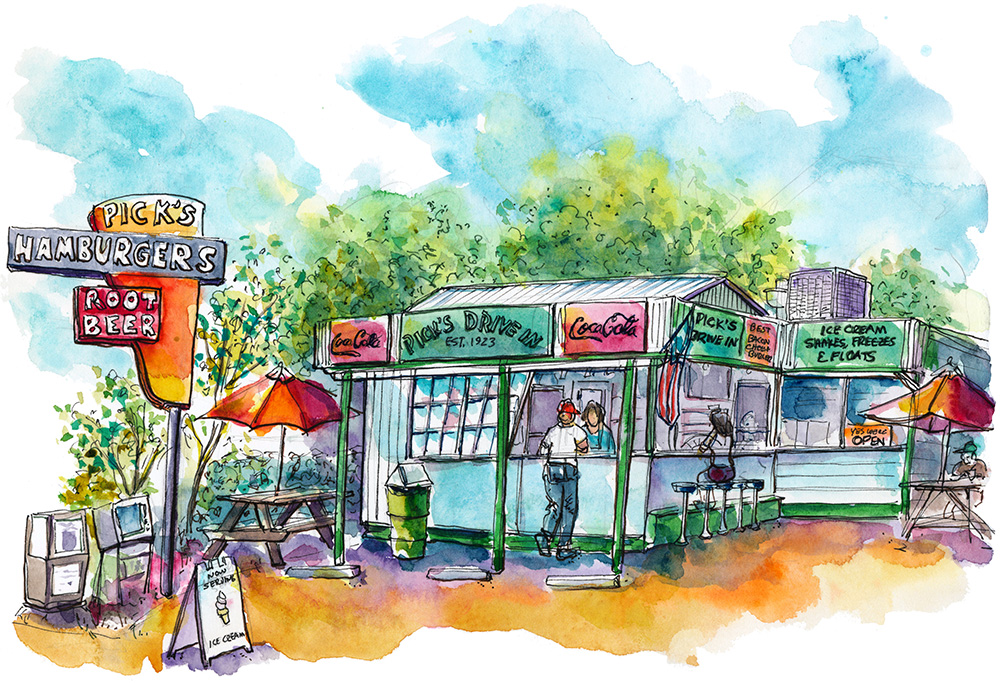
In 1973, grape harvest started off just like any other for the Bacigalupi family. The long dry summer had parched the hillsides and the sun’s warmth carried into August, broken only by early morning fog. The grapes had gone through veraison and were showing signs of color and sweetness when Mike Grgich, then-winemaker for Napa’s Chateau Montelena, stopped by the farm, and a Chardonnay contract was secured between both parties. As harvest now approached, Charles Bacigalupi and Grgich walked the vineyards every day to take samples with Mike raving about their flavor. Charles remembers, “No one had ever mentioned flavor before when talking about grapes, they were only interested in how high the sugars and acid levels were.â€
Once the grapes had ripened to perfection, migrant workers were hired to help the family harvest. Back then, entire families migrated from Mexico; all family members picked fruit and were paid by the bin. When the trailer was full, it was Helen Bacigalupi who drove the grapes over to the Chateau Montelena Winery. She still remembers, “I drove a 1973 VW pickup truck and pulled a trailer full of grapes behind it. The truck barely had enough power to get up the hill through Knights Valley from Healdsburg to Calistoga†laughs Helen. “Just before I reached the hill, I gunned the gas petal, hoping that no other car would slow me down.â€
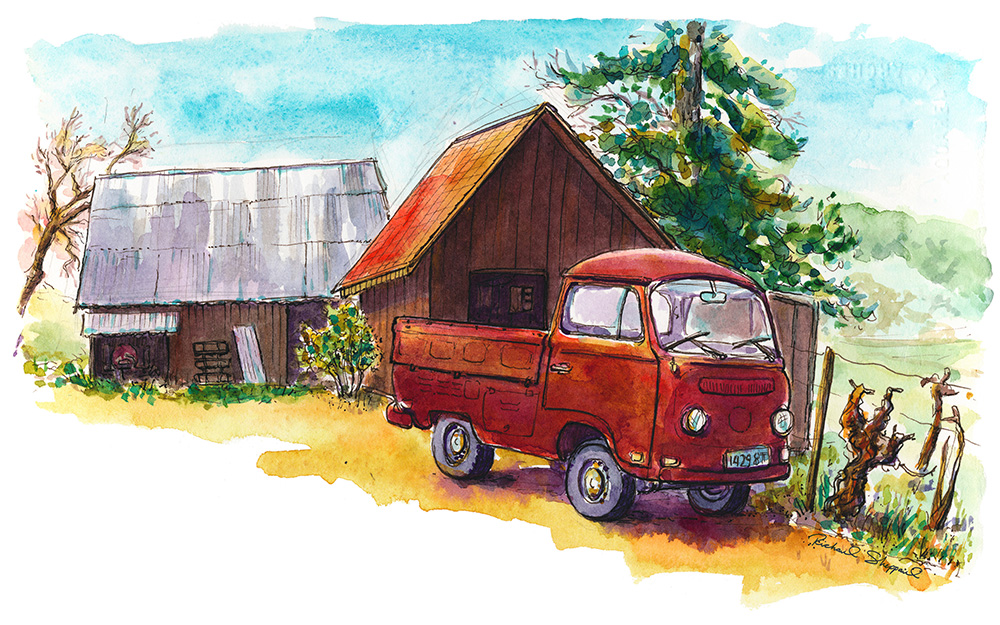 When Helen arrived at Chateau Montelena it was about 5 pm. In those days, grapes weren’t picked at night like they are today because they didn’t have lights for the vineyard. Upon her arrival, Helen asked for the weigh scale. Mike Grgich searched but came up empty, so on subsequent trips, the grapes were weighed on the Witke’s scale in Healdsburg until all the trips had been made and the harvest was completed.
When Helen arrived at Chateau Montelena it was about 5 pm. In those days, grapes weren’t picked at night like they are today because they didn’t have lights for the vineyard. Upon her arrival, Helen asked for the weigh scale. Mike Grgich searched but came up empty, so on subsequent trips, the grapes were weighed on the Witke’s scale in Healdsburg until all the trips had been made and the harvest was completed.
Back in 1964 when the Bacigalupi family planted six acres of Chardonnay along with four acres of Pinot Noir on their Westside Road ranch, many people thought this a risk, as the conventional wisdom and the market still leaned toward prunes. “At the time, I’d never heard of either of those two types of grapes,†says Charles, “and I had to write the names down so I wouldn’t forget them.†But in 1976, the Bacigalupis gained widespread recognition as growers, when the 1973 Château Montelena Chardonnay, made with 40% of the Bacigalupi’s fruit, won the famed Judgment of Paris tasting over many highly acclaimed French wines.
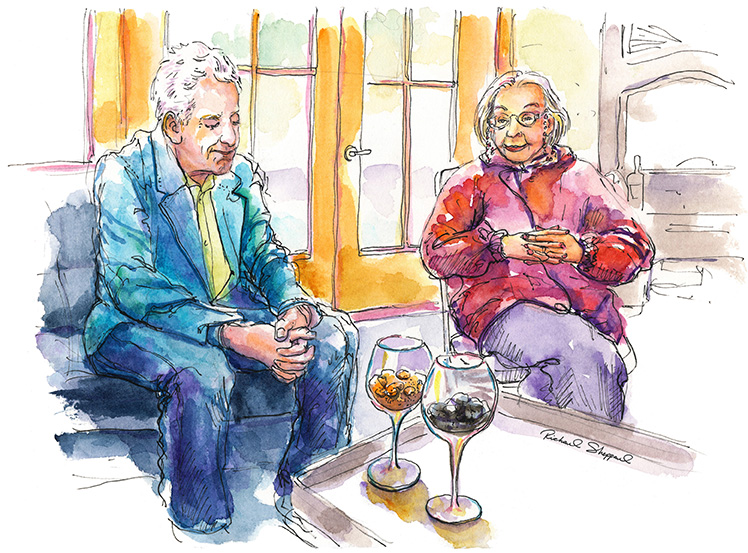
The Judgment of Paris consisted of six California Chardonnays along with four French white burgundies that were selected for a blind tasting event in Paris by Steven Spurrier, an English wine merchant. Top French wine experts judged and ranked the wines, and the 1973 Chateau Montelena’s Chardonnay came out on top, making history. There was also a red blind tasting featuring California Cabernet Sauvignon vs. French Bordeaux in which Napa’s Stag’s Leap Wine Cellars’ Cabernet took top prize. This single event helped to change the world’s perception of California wines.
Grgich made 1,800 cases of the 1973 Chateau Montelena Chardonnay using 14 tons of grapes from the Bacigalupis, 20 tons from Henry Dick’s vineyard in Alexander Valley, and 5 tons of grapes from Napa Valley growers John Hanna and Lee Paschich. Today, the Bacigalupi vineyard still produces fruit, but at about half its 1973 levels. Even so, the family plans to keep the famed vineyard for as long as it produces grapes.
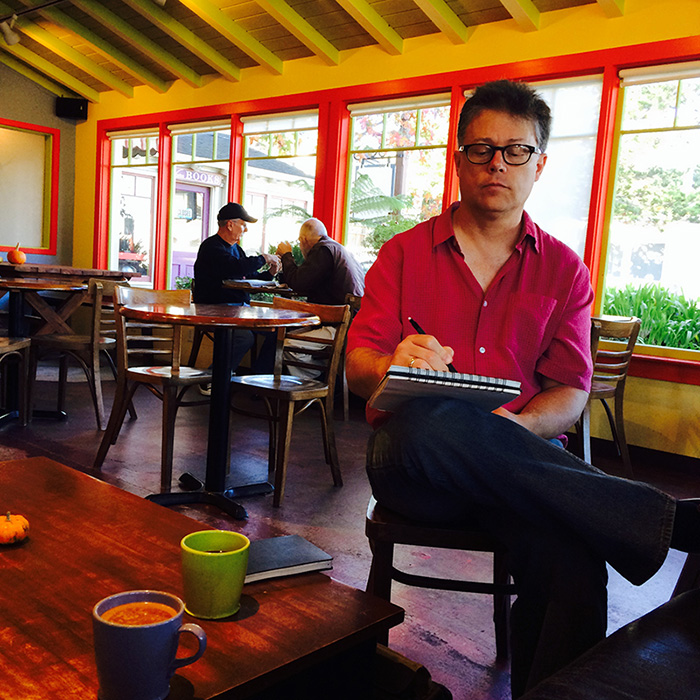

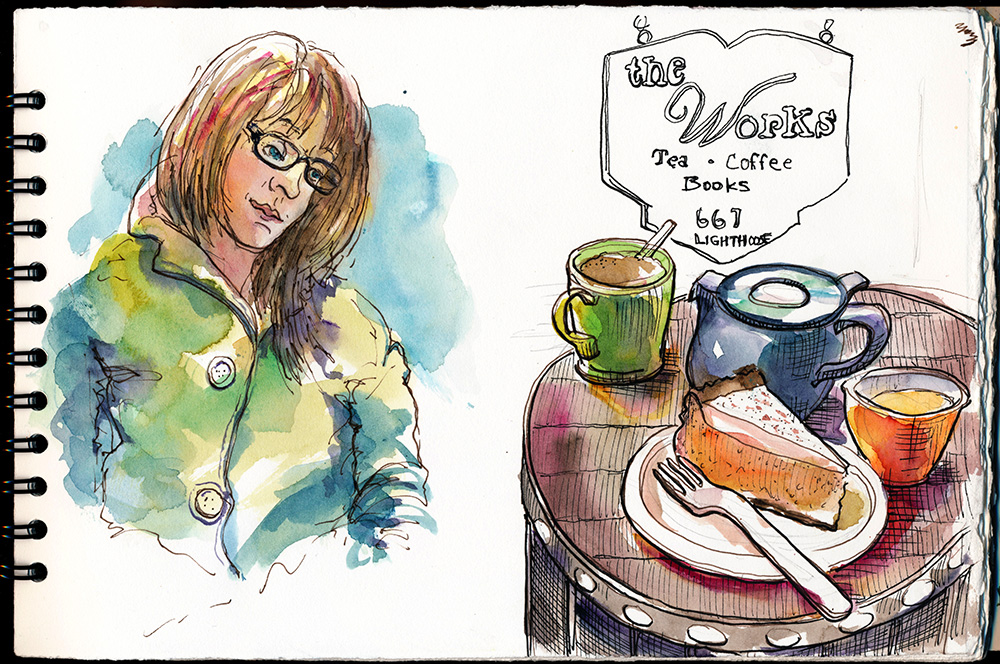
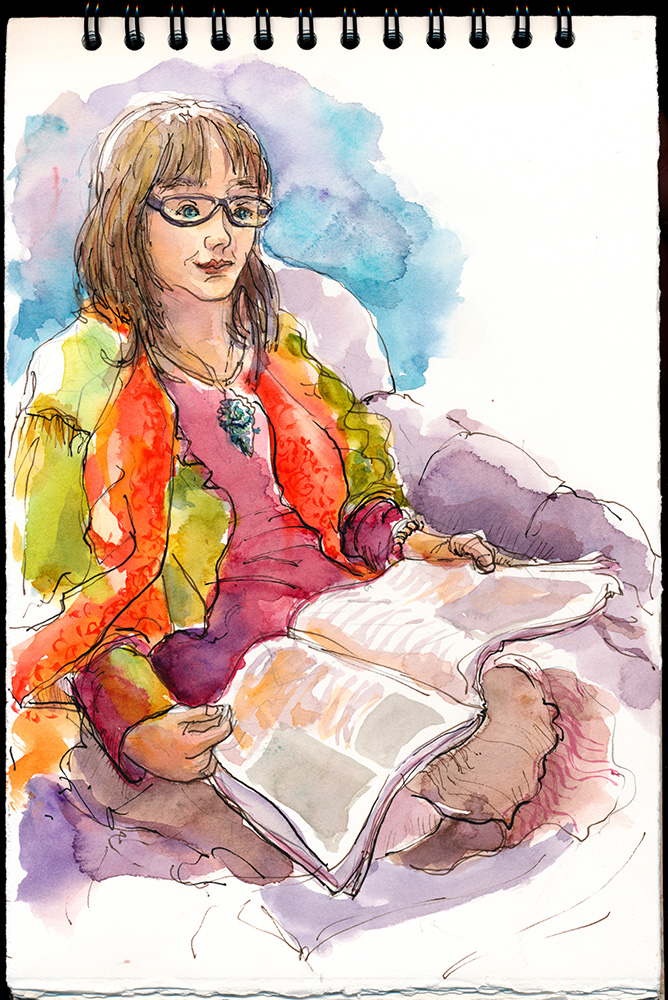
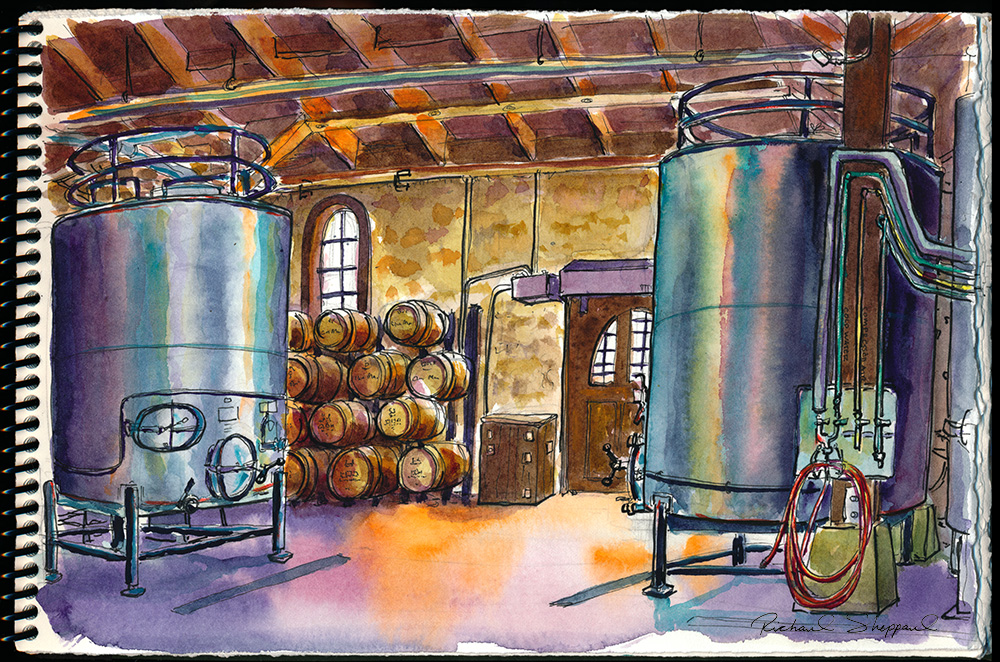
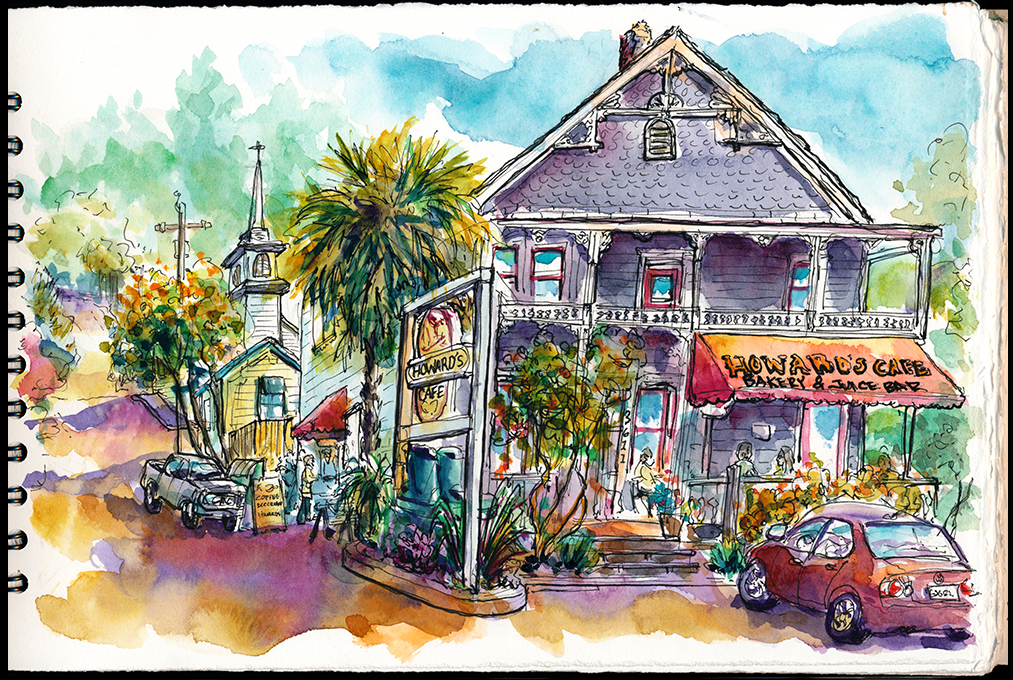


 When Helen arrived at Chateau Montelena it was about 5 pm. In those days, grapes weren’t picked at night like they are today because they didn’t have lights for the vineyard. Upon her arrival, Helen asked for the weigh scale. Mike Grgich searched but came up empty, so on subsequent trips, the grapes were weighed on the Witke’s scale in Healdsburg until all the trips had been made and the harvest was completed.
When Helen arrived at Chateau Montelena it was about 5 pm. In those days, grapes weren’t picked at night like they are today because they didn’t have lights for the vineyard. Upon her arrival, Helen asked for the weigh scale. Mike Grgich searched but came up empty, so on subsequent trips, the grapes were weighed on the Witke’s scale in Healdsburg until all the trips had been made and the harvest was completed.
